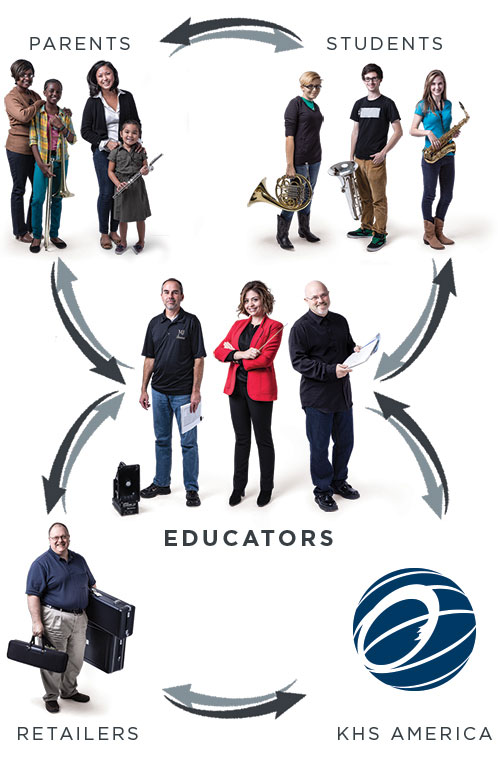How many times have we been confronted with the sentiment that goes something like this: “But that’s the way we have always done it!” Though sometimes that can continue wonderful traditions – or justify following a tried-and-true path for success – it can also very easily be a great excuse for keeping things the same, for not challenging our current approach, thus limiting our growth. Is it the way we always did it because it’s the best way, or simply because it is the way we’ve always done it? Is it the traditional way because it is the best approach, or is it deemed the best approach because it is the traditional way?
My favorite illustration of that conundrum is the apocryphal story known as the The Pot Roast Principle: One day a mother was teaching her daughter how to make pot roast. This was not just any pot roast, this was a very old recipe that had been handed down from generation to generation in the family. It was a tradition, a rite of passage, for the older generation to teach each younger member of the family how to make this dish so it could be carried on. “The first thing you must do”, said the mother “is cut off the ends of the pot roast.” The daughter, curious as to why that was necessary, asked her mother why they did that. Her mother replied, “That’s just the way we’ve always done it. My mother did it that way and her mother did it that way.” Not satisfied with that response, the girl went to her Grandmother and asked the same question. “Grandma, why do we cut off the ends of the pot roast before we cook it?” Her Grandmother gave her the same answer: “That’s the way we’ve always done it. My mother taught me to do it that way.” Still not satisfied with that answer, the girl went to the source of the recipe, her Great-Grandmother. “Great Grandma, I would like to carry on the tradition of your delicious pot roast, but I have one question for you. Why do we cut off the ends of the pot roast before we cook it?” The young girl wondered whether it was to make the meat more tender? Was it to allow the seasoning to meld with the meat better? Was it to ensure even-cooking throughout the roast? The matriarch of the family looked her Great-Granddaughter in the eyes with great sincerity and answered the question, solving the mystery of why they’ve “always done it that way.” “It’s simple,” she said, “I started making this pot roast when I was first married, and the only pot I had back then wasn’t big enough for the whole pot roast, so we always had to cut off the ends so it would fit in the pot.”
How often do we continue what was always done for reasons no better than that one? How many things might we improve if we simply challenge why we do things the way we do?
Peter Loel Boonshaft, Director of Education
KHS America
About the Author
Dr. Boonshaft is the author of the critically acclaimed best-selling books Teaching Music with Passion, Teaching Music with Purpose, and Teaching Music with Promise. Dr. Boonshaft is currently on the faculty of Hofstra University in Hempstead, New York, where he is Professor of Music and Director of Bands. He has also been named Director of Education for KHS America. He was honored by the National Association for Music Education and Music For All as the first recipient of the “George M. Parks Award for Leadership in Music Education.”
The content of this Blog article or Banded Story is the intellectual property of the author(s) and cannot be duplicated without the permission of KHS America and/or the author(s). Standard copyright rules apply.



 We look forward to the evolution of this exciting program, and welcome feedback on how we can further enhance the work that you do in music education.
We are excited to offer your program the opportunity to join the KHS America Academic Alliance today.
We look forward to the evolution of this exciting program, and welcome feedback on how we can further enhance the work that you do in music education.
We are excited to offer your program the opportunity to join the KHS America Academic Alliance today.